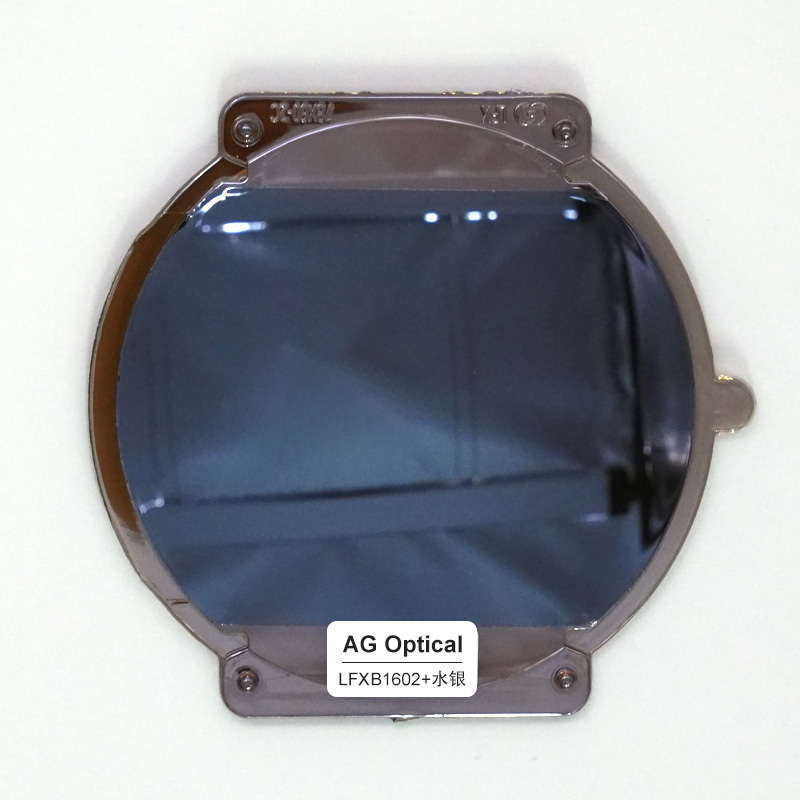How to choose a good anti-blue light lens
Nowadays, people's life is inseparable from various screens, such as computers, mobile phones, Pads, and TVs. While these screens bring convenience to our lives, they also bring the killer that harms our eyes-harmful blue light.
The blue light band is 380nm-500nm, and the blue light in the 415nm-455nm band has high energy and strong penetrating ability, which is easy to cause macular lesions in the eyes. This part of blue light is harmful blue light.

Therefore, in recent years, anti-blue light glasses have become increasingly popular and have attracted the attention of consumers. So how to choose the most core anti-blue light lenses for anti-blue light glasses?
Choose a brand:
At present, anti-blue light lenses are mixed in the market. For example, Wuhan Quality Supervision Bureau collected 30 batches of anti-blue light resin lens samples. The test results showed that the high-energy blue light transmittance of 15 batches of samples exceeded 90%, and some samples even reached 98%. %, there is almost no anti-blue light effect, so it is recommended to choose anti-blue light lenses to give priority to well-known brands.
Select technology:
Technique 1: Coating Reflection
Harmful blue light is reflected through the film layer on the surface of the lens. Most brands currently on the market use this technology.
Technique 2: Substrate Absorption
The anti-blue light factor is added to the lens substrate to absorb harmful blue light.
Technology 3: substrate absorption + film reflection
This is a new technology in recent years, dual-effect protection against blue light, combining the advantages of the first two technologies to obtain better protection effect. Even if the film layer is damaged or peeled off, the lens still has the effect of protecting against blue light. At present, the main use of this technology is the moon lens.
Choose the index of refraction:
The refractive index of the anti-blue light lens is generally 1.56/1.60. The former is suitable for myopia users with about 300 degrees, and the latter is suitable for myopia users with about 500 degrees.
Myopia users above 600 degrees did not have suitable anti-blue light lenses before, but in recent years, there are also anti-blue light lenses with a refractive index of 1.71, which can meet the needs of users with moderate to high myopia above 600 degrees.
Look at the background color of the lens:
According to the complementary color principle of light, lenses that really block harmful blue light will appear slightly yellowish visually.
Look at the reflective color:
Generally speaking, anti-blue light lenses using technology 1 (coating layer reflection) or technology 3 (substrate absorption + film layer reflection), because the coating layer will reflect blue light, so from the front of the lens, the lens is under light. Reflects blue light.
If the surface of the anti-blue light lens you buy reflects green light, it may be an anti-blue light lens using technology 2 (substrate absorption), or it may be a fake anti-blue light lens.
